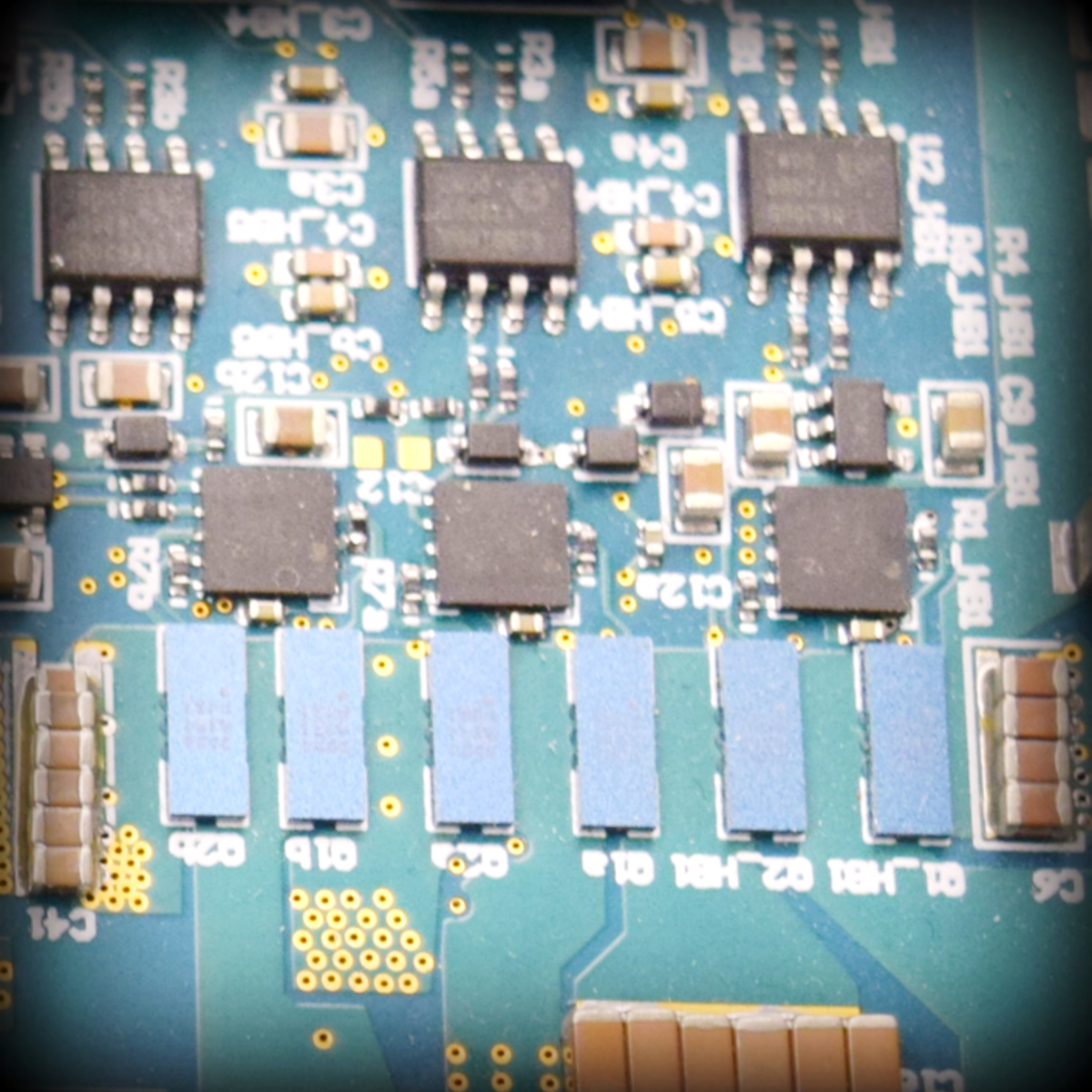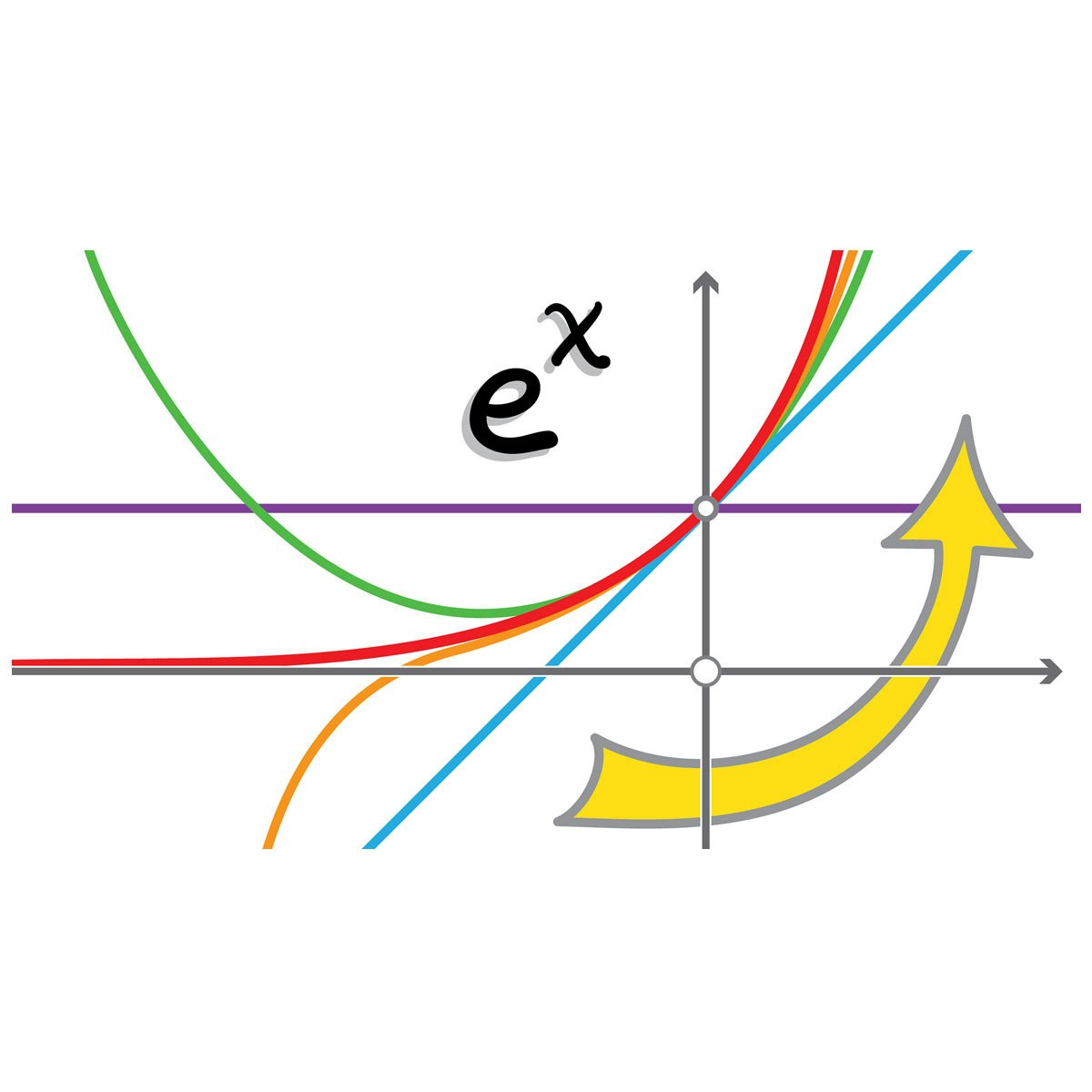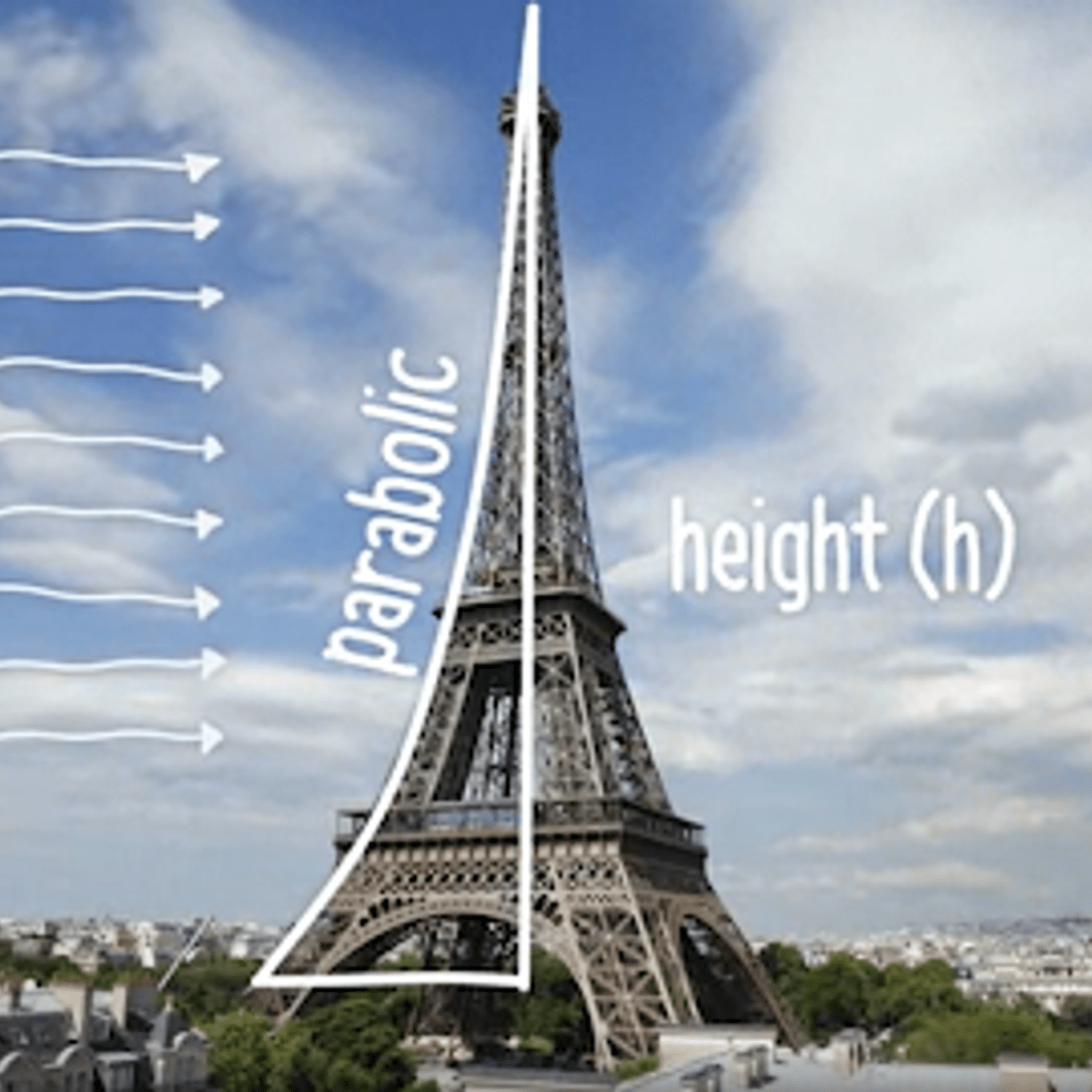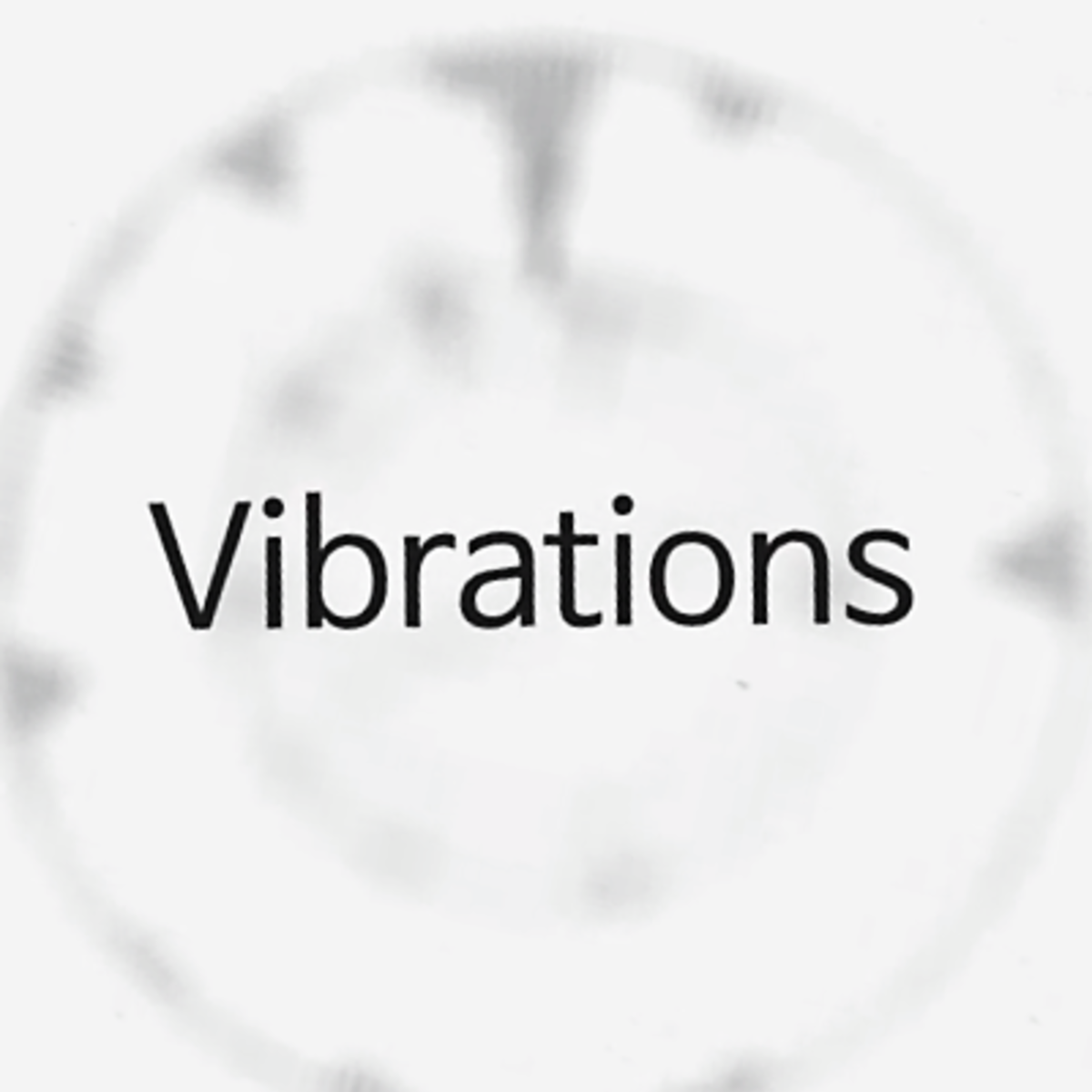Back to Courses









Mechanical Engineering Courses - Page 3
Showing results 21-30 of 148

Generative Design for Industrial Applications
The foundation of engineering design is exploration and iteration. Design is rarely a perfectly linear and straightforward process. In this course, we explore a design for a traditional manufacturing method and use generative design to create the perfect iteration of it. From that point, we'll reverse engineer the generative design and recreate it for a traditional manufacturing method and explore the option of fabricating the generative version to weigh the pros and cons of each.
You’ll need a paid subscription to Fusion 360 to complete the assignments in this course. Be sure to review your access or payment options before enrolling: https://www.autodesk.com/products/fusion-360
Want to take your learning to the next level? Complete the Autodesk Generative Design for Manufacturing Specialization, and you’ll unlock an additional Autodesk Credential as further recognition of your success! The Autodesk Credential comes with a digital badge and certificate, which you can add to your resume and share on social media platforms like LinkedIn, Facebook, and Twitter. Sharing your Autodesk Credential can signal to hiring managers that you’ve got the right skills for the job and you’re up on the latest industry trends like generative design.
Enroll in the Specialization here: https://www.coursera.org/specializations/autodesk-generative-design-manufacturing
Looking for Autodesk Fusion 360 certification prep courses? Check out additional learning resources to help you uplevel your skills: https://www.autodesk.com/learning

3-Axis Machining with Autodesk Fusion 360
As our machining geometry gets more complicated, Autodesk® Fusion 360™ is up to the task! With a host of standard and adaptive toolpaths we can rapidly remove material from even the most complicated 3d parts. In this course, we explore how to rough and finish geometry that requires tool motion in X, Y, and Z simultaneously, learning how to finish even the finest of details. We’ll wrap up this course by creating a full CNC program for a part, simulating it, and exporting it to G-code.
Want to take your learning to the next level? Complete the Autodesk CAD/CAM for Manufacturing Specialization, and you’ll unlock an additional Autodesk Credential as further recognition of your success! The Autodesk Credential comes with a digital badge and certificate, which you can add to your resume and share on social media platforms like LinkedIn, Facebook, and Twitter. Sharing your Autodesk Credential can signal to hiring managers that you’ve got the right skills for the job and you’re up on the latest industry trends like generative design.
Looking for Autodesk Fusion 360 certification prep courses? Check out additional learning resources to help you uplevel your skills: https://www.autodesk.com/learning

Input Filter Design
This course can also be taken for academic credit as ECEA 5707, part of CU Boulder’s Master of Science in Electrical Engineering degree.
This is Course #3 in the Modeling and Control of Power Electronics course sequence. After completion of this course, you will gain an understanding of issues related to electromagnetic interference (EMI) and electromagnetic compatibility (EMC), the need for input filters and the effects input filters may have on converter responses. You will be able to design properly damped single and multi-section filters to meet the conducted EMI attenuation requirements without compromising frequency responses or stability of closed-loop controlled power converters.
We strongly recommend students complete the CU Boulder Power Electronics specialization as well as Courses #1 (Averaged-Switch Modeling and Simulation) and #2 (Techniques of Design-Oriented Analysis) before enrolling in this course (the course numbers provided below are for students in the CU Boulder's MS-EE program):
● Introduction to Power Electronics (ECEA 5700)
● Converter Circuits (ECEA 5701)
● Converter Control (ECEA 5702)
● Averaged-Switch Modeling and Simulation (ECEA 5705)
● Techniques of Design-Oriented Analysis (ECEA 5706)
After completing this course, you will be able to:
● Understand conducted electromagnetic interference (EMI) and the need for input filter
● Understand input filter design principles based on attenuation requirements and impedance interactions.
● Design properly damped single-stage input filters.
● Design properly damped multi-stage input filters.
● Use computer-aided tools and simulations to verify input filter design

Phase Diagrams I & II
In this course, we will look at phase diagrams and how they are used to determine the state of the material as a function of temperature and composition. We will also investigate how the microstructure and materials properties can be manipulated as a function of temperature and composition. A special focus will be on the eutectic phase diagram.

Calculus: Single Variable Part 1 - Functions
Calculus is one of the grandest achievements of human thought, explaining everything from planetary orbits to the optimal size of a city to the periodicity of a heartbeat. This brisk course covers the core ideas of single-variable Calculus with emphases on conceptual understanding and applications. The course is ideal for students beginning in the engineering, physical, and social sciences. Distinguishing features of the course include: 1) the introduction and use of Taylor series and approximations from the beginning; 2) a novel synthesis of discrete and continuous forms of Calculus; 3) an emphasis on the conceptual over the computational; and 4) a clear, dynamic, unified approach.
In this first part--part one of five--you will extend your understanding of Taylor series, review limits, learn the *why* behind l'Hopital's rule, and, most importantly, learn a new language for describing growth and decay of functions: the BIG O.

Ceramics and Composites
This course will introduce the major types of ceramics and their applications. We will learn about the different methods used for glass strengthening; the factors that determine a ceramic’s crystal structure; the key characteristics of composite materials; and the different structures of fiber-reinforced composite materials. We will discuss reasons for creating various types of composites.

Engineering of Structures: Response of Structures
This course explores the impact of different forces on the construction of bug buildings. It provides an overall understanding of how buildings respond to different forces that impact their designs. The first module introduces you to the concept of the overall response of structures. The second module explores different types of loads and their impact on the design of large structures. It also gives a detailed explanation of how buildings fall due to earthquakes. In addition, the module offers an explanation on the impact of mass and stiffness on building response. The third module explores how to build a cardboard chair. You'll also learn how to work with SketchUp Make.

Autodesk Certified Professional: Civil 3D for Infrastructure Design Exam Prep
Prove to potential employers that you’re up to the task by becoming an Autodesk Certified Professional. This online course from Autodesk prepares you by offering an overview of skills that match what is covered in the Autodesk Certified Professional: Civil 3D for Infrastructure Design exam. The video lessons are structured to match the exam’s objective domains and follow the typical workflow and features of the Autodesk® AutoCAD® Civil 3D® software, including sections on points, parcels, and surveying, surfaces and grading, alignments and profiles, corridors and sections, pipe networks, and plan production and data management. In the course, you'll review advanced infrastructure topics. You’ll work with points and point groups, parcels and parcel styles, and the surveying tools. You'll also gain an understanding of exam topics such as TIN surfaces and volume surfaces, profile views, and both pipe and pressure networks. Brush up on feature lines, sites and grading models, corridors, note label styles, data shortcuts, and much more.
The provided Civil 3D dataset allows you to follow along with the lessons and try out methods and workflows. Practice exercises and challenge assignments help you practice and review the exam topics on your own. Finally, you can test your knowledge by taking one of the full practice exams that accompany the course.
About the Autodesk Certified Professional: Civil 3D for Infrastructure Design exam:
The Autodesk Certified Professional: Civil 3D for Infrastructure Design exam is the recognized standard for measuring your knowledge in Civil 3D. Certification at this level demonstrates a comprehensive skill set that provides an opportunity for individuals to stand out in a competitive professional environment. This type of experience typically comes from having worked with the software on a regular basis for at least 2 years, equivalent to approximately 400 hours (minimum) - 1200 hours (recommended), of real-world Autodesk software experience. Ready to take the exam? Schedule to take the exam online or find a testing center near you on pearsonvue.com/autodesk.
Looking for more skill-building courses? Check out Autodesk’s additional learning resources to help with your learning journey: https://www.autodesk.com/learning

Introduction to Advanced Vibrations
Introduction to Advanced Vibrations starts with a review of single and double degree of freedom systems. After that, multiple degrees of freedom systems are introduced to explain the vibrations of string and beam. These vibration systems provide to apply or use them into practical problems
Introduction to Engineering Mechanics
This course is an introduction to learning and applying the principles required to solve engineering mechanics problems. Concepts will be applied in this course from previous courses you have taken in basic math and physics. The course addresses the modeling and analysis of static equilibrium problems with an emphasis on real world engineering applications and problem solving.
The copyright of all content and materials in this course are owned by either the Georgia Tech Research Corporation or Dr. Wayne Whiteman. By participating in the course or using the content or materials, whether in whole or in part, you agree that you may download and use any content and/or material in this course for your own personal, non-commercial use only in a manner consistent with a student of any academic course. Any other use of the content and materials, including use by other academic universities or entities, is prohibited without express written permission of the Georgia Tech Research Corporation. Interested parties may contact Dr. Wayne Whiteman directly for information regarding the procedure to obtain a non-exclusive license.
Popular Internships and Jobs by Categories
Find Jobs & Internships
Browse
© 2024 BoostGrad | All rights reserved